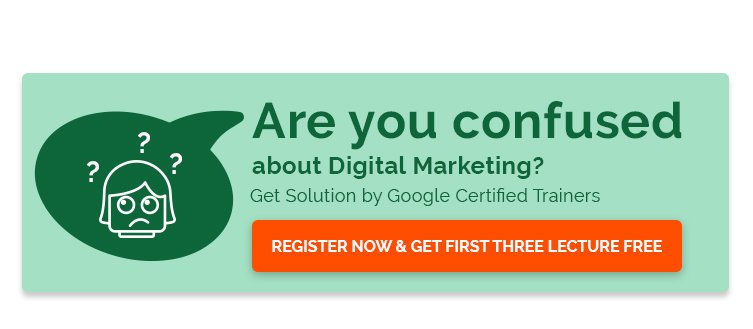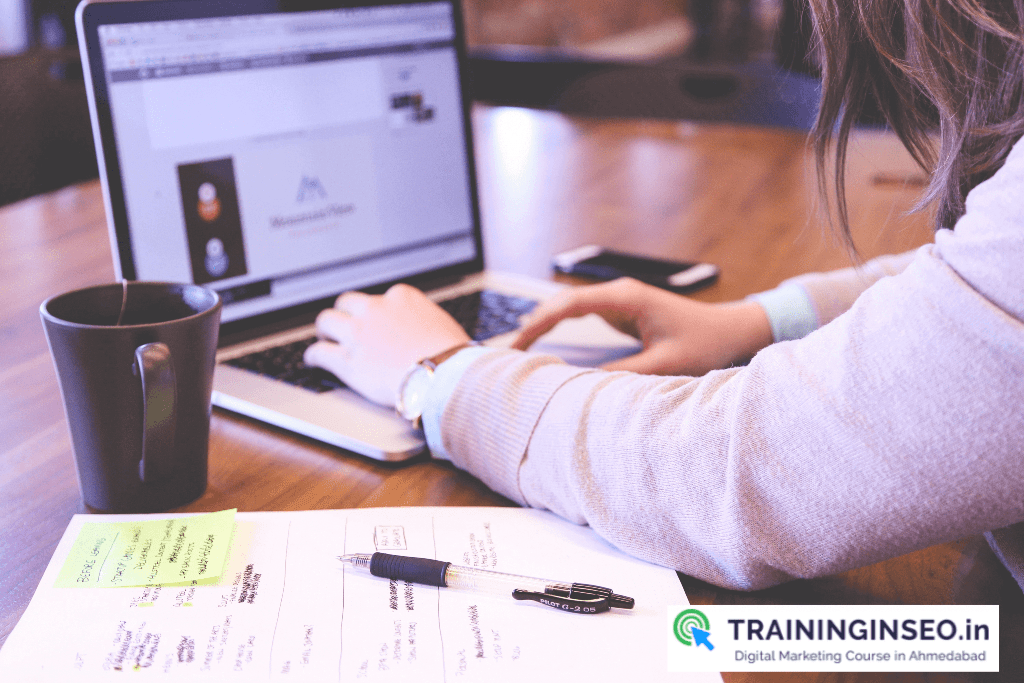The time it takes for every item on a page to be displayed is known as page speed. Another way to put it is the amount of time it takes for the web browser to receive the first byte from a web server. A web page consists of various pieces, such as HTML code, CSS files for styling the page elements, JavaScript files for enabling interactive features, image files, videos, and much more and everything is taught well in Digital Marketing training in Ahmedabad.
The PageSpeed may be impacted by these factors. PageSpeed is another term for one of the real SEO components. By addressing landing time, you may enhance user experience, conversion rate, and website ranking. The performance of any website is also influenced by PageSpeed. Better user experiences and a lower high bounce rate can be achieved with a quicker PageSpeed.
A slower website leads to higher bounce rate
To begin with, let’s define a larger bounce rate. An increased bounce rate may be a sign that users or visitors are not finding the website’s content to be helpful. A slower website is one of the causes of the greater bounce rate. This indicates that the user becomes disinterested and leaves the website since it takes a long time for the web page to load. The website’s rating could be negatively impacted by a higher bounce rate. It influences the user experience as well. So the primary reason for the lower conversion is this.
Low On page time leads to lower conversion
We have to first understand what conversion is. Conversion is the result of a visitor spending a significant amount of time on a website. This indicates that they are doing product comparisons or research in an effort to win over new customers. The likelihood of a visitor becoming a customer is extremely low if they do not spend any time on the website. This could cost the owner of the brand a lot of money.
Impact of low page speed on user experience
One important issue that might impact user experience is page speed. All users anticipate a website to load quickly. If your website takes a long time to load, no one will wait to visit it. Reduced engagement, a high bounce rate, and a detrimental effect on website ranking could result from this. Customers may lose faith in your business or goods if they believe your website is amateurish.
Ways to improve page speed
Compress and optimise images
On a website, loading large image files can take a long time. The page loading time will therefore rise. Therefore, the loading time will be shortened if we can use tools to optimise and compress the image. Optimising images is taught well in the Digital Marketing Institute in Ahmedabad
Use a content delivery network
By dispersing the website’s material throughout the global server, a content delivery network can shorten the time it takes for a user to interact with the website server. Therefore, the time it takes for a page to load decreases as the distance does.
Caching
You may speed up your web page by using caching. Static copies of HTML, CSS stylesheets, JavaScript files, picture files, and other items can be temporarily stored by caching. Hence the amount of work the server has to do to create and deliver the web page to the users is reduced.
Minify CSS, JavaScript, and HTML
For easier comprehension, many programmers employ unnecessary characters, spaces, comments, big variable names, and other components. You may improve PageSpeed and reduce loading times by minifying these.










